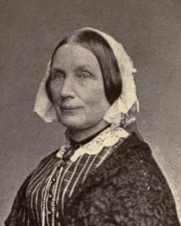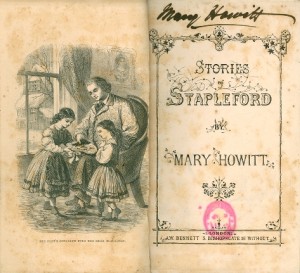The lace is one of the biggest mysteries.
It's an application of muslin couched onto machine made lace.
Lace like this was made in Carrickmacross, Ireland to make work for the poor after the Irish Potato Famine but similar lace was made both in Belgium and elsewhere between the invention of machine made net circa 1810 and later.
The family lace might be Irish but does not have the famous hand made Carrickmacross loop edging but a fine applied machine lace edging which make experts think it is of another origin and have dated it to about 1840 /1850 ish and possibly Continental, possibly even Brussels.
Do you remember my mothers cousin Jenny Brown nee Chesterman though J.N Vlielands the elders 2 sisters were lace makers although the census says French Knitters?
The census said they were from Brussels!
Gran believed it was worn for the first time at the Wedding of J.N. Vlieland and his wife Frances Elizabeth Samworth in 1852.
It is said pomegranate were a symbols of fertility in the Union of a couple.
At the time they were married it could have been used as a shawl or over a strew bonnet, but I am sure you will have fun researching all of this so I have just enclosed you some leads.
So another mysterie to solve ........Let us know if you know more .

wedding in 1860 on a porcelain plate










